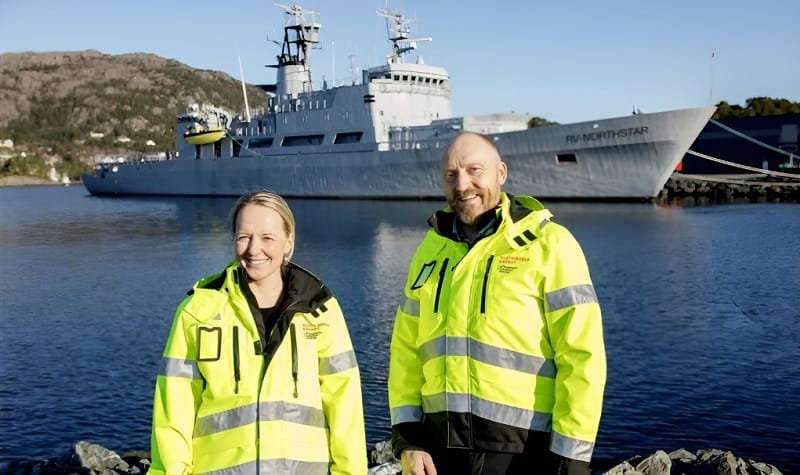Maritime CleanTech, in collaboration with leading Norwegian and European partners, has secured €7.8 million in EU funding to develop an innovative power distribution system tailored for the future fleet. This initiative focuses on creating a power system that meets the demands of zero-emission ships while simplifying the integration of renewable energy sources aboard vessels. With this funding, the project will enhance the efficiency of existing maritime technology and contribute to substantial emission reductions.
Table of Contents
Innovation to Simplify Renewable Energy Integration
The newly developed power system will make it easier to incorporate various green energy solutions on board, such as batteries, solar panels, fuel cells, and wind power. This innovative approach is expected to significantly reduce emissions, with estimates indicating reductions of up to 40%. The system will also make ships lighter and more energy-efficient, contributing to a greener future for the maritime industry.
“The Norwegian maritime industry is a global leader in green solutions, and with this EU collaboration, we are taking another technological leap. This will provide Norwegian companies with new export opportunities while creating jobs and reducing emissions,” said Climate and Environment Minister Andreas Bjelland-Eriksen.
Aiming for Commercialization by 2029
The EU-funded STEESMAT project aims to commercialize the new technology by 2029, creating significant market opportunities for Norwegian companies. This project is seen as a critical part of the EU’s commitment to green shipping, responding to stricter international regulations and increasing costs for ship emissions in the coming years.
“Stricter regulations and increased costs for ship emissions are being introduced internationally in the coming years. The STEESMAT project is a key part of the EU’s commitment to green shipping, and we aim to commercialize the new technology by 2029,” said Ada M. Jakobsen, CEO of Maritime CleanTech.
Former Coast Guard Ship to Serve as Test Arena
A critical part of the project is the use of the former Coast Guard ship KV Senja, now renamed RV North Star. This vessel will serve as a floating laboratory where the new direct current grid system will be tested in real maritime conditions. The system will first be developed at an onshore test center before being demonstrated at sea aboard the RV North Star.
“We look forward to using our testing capacity to develop new solutions that will help reduce emissions from global shipping. The technology will first be developed at our onshore test center before being demonstrated at sea aboard the RV North Star,” said Willie Wågen, CEO of the Sustainable Energy Catapult Center.

Collaborating with Industry Leaders
Maritime CleanTech is collaborating with 12 European partners, including Norwegian companies such as Sustainable Energy, Wärtsilä, The Switch, and NTNU, to bring this revolutionary project to life. Together, these partners are working on developing a power distribution system that will simplify the use of green energy sources and support the maritime industry’s transition to sustainable practices.
About Maritime CleanTech
Maritime CleanTech is a Norwegian industry cluster focused on accelerating the green transition in the maritime sector. By fostering collaboration among leading companies and research institutions, Maritime CleanTech drives innovation and develops sustainable technologies that help reduce the environmental footprint of the maritime industry.
Source Maritime CleanTech

